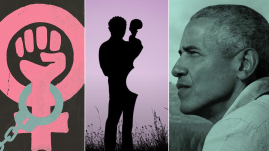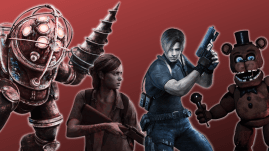Lifestyle
Beyond Dogs and Cats: Famous Stars Who Opt for Extraordinary Pets
In the world of celebrities, it's not uncommon to see them flaunting their luxurious lifestyles, from extravagant mansions to designer wardrobes.
Question of the day
Which of these is a top home security company?
-
FrontPointIncorrect – Try Again! FrontPoint
-
SimpliSafeIncorrect – Try Again! SimpliSafe
-
ScoutIncorrect – Try Again! Scout
-
All of the aboveAll of the above You Are Correct! – Correct! Learn More
Editorial Features
-
TV & Movies
10 Best Documentaries of 2022 — So Far



















